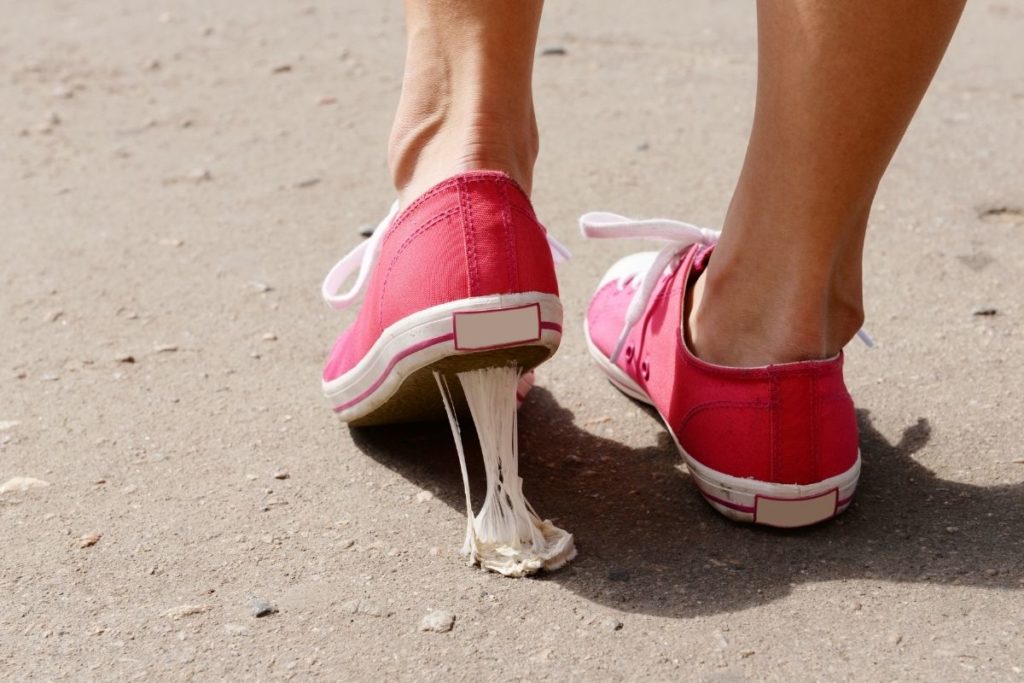We all have assumptions that guide our actions. In fact, we often make decisions and act in a manner related to these deeply held rules or assumptions without even realizing. Imagine how impactful negative assumptions could be on our lives?
- A socially anxious individual avoids initiating conversations with new people due to feeling inadequate and assuming they will always be rejected.
- A person with depression and poor motivation thinks they do not have the energy to clean part of their residence or to go for a walk, and they remain stuck in a negative pattern of inactivity and low mood.
- An individual avoids asking for help for fear that they will be seen as a burden by the other person.
These beliefs keep us stuck in the same patterns. Avoidance precludes us from having experiences that may disconfirm our long-held beliefs. When we assume we know what will happen, we continue with our same behaviour. The result is that our faulty beliefs about ourselves, our situation, and our future remain intact and unchallenged.
“A Behavioural Experiment involves trying a new behaviour in order to test out a prediction.”
A Behavioural Experiment involves trying a new behaviour in order to test out a prediction. These experiments are a powerful evidence-based Cognitive Behavioural Therapy (CBT) technique. Behavioural Experiments can help us learn that our predictions are often inaccurate and they can lead to the development of healthier beliefs about ourselves, our situation, and our future. When doing Behavioural Experiments it is important for them to be completed numerous times across varied situations in order to provide more reliable and generalizable results. Examples of Behavioural Experiments include:
- The socially anxious person described above could initiate conversations with several new people (e.g., at their school, workplace, bus stop, etc.) to see if they get judged negatively and rejected.
- The depressed person could complete 10-15 minutes of household chores or walking outside and see if they have the energy to be active for that amount of time.
- The person fearful of being viewed as a burden could ask a neighbour for a favour (e.g., borrow their lawn mower).
By gathering data, Behavioural Experiments can allow for new learning to occur. Perhaps the socially anxious person learns that people are not as likely to judge and reject them as they had initially thought. The depressed and lethargic individual may learn that energy level increases with action. The person fearful of being seen as a burden may learn that their neighbour was happy to be of assistance.
Behavioural Experiments can be helpful, even when the results of the experiment are not obviously positive. Oftentimes, people learn they are able to cope with adverse outcomes better than they had initially expected. For example, if the neighbour rudely rejected the request to borrow the lawn mower, the person who asked may come to realize that the neighbour was not being particularly reasonable or kind (instead of feeling like they were somehow burdening the neighbour just by politely asking for a favour). They might see that they were able to cope with a negative outcome better than they would have anticipated. Learning that we can cope better than expected can boost mood and reduce inhibition about trying other experiments.
If you feel too anxious or hesitant to try a Behavioural Experiment yourself, you could always have a therapist or a trusted friend try the experiment while you observe and gather information to test out your (negative) prediction. Remember, do not get so confident in your predictions that you refrain from testing them out from time to time. These experiments may just help change your life.
For more guided help, please call us at 905-338-1397 or email us via the Contact Us page of our website to arrange an appointment.



